Revenge of the suburbs: David Bowie fans shine in doc about the 1983 Milton Keynes Bowl gigs
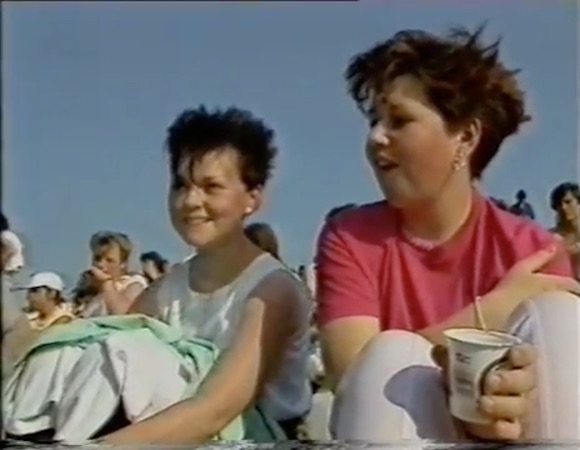
//Members of the audience from Edinburgh who preferred Australian support act Icehouse to Bowie//
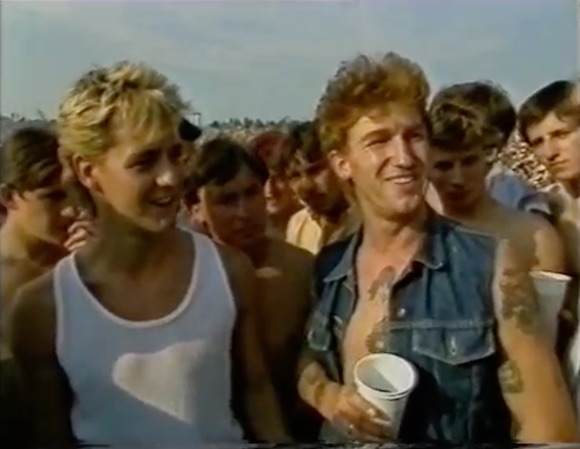
Fittingly Britain’s most surprising rock star has found his way to Britain’s newest and most surprising city, where high tech meets ecologic, where concrete meets conservation, where the silicon chip meets the fibreglass rod…
Steve Taylor, South Of Watford, Summer 1983, London Weekend Television
While putting the finishing touches to my forthcoming book about The Face magazine, I followed a line of research which lead me to an excellent documentary about the late David Bowie which I hadn’t seen since it was screened in 1983.
Shown as part of London’s regional broadcaster LWT’s South Of Watford strand, the film focused on Bowie’s immersion in the mainstream with the Let’s Dance LP and companion Serious Moonlight tour (sponsored by Levi’s in a groundbreaking marketing deal, this inaugurated the era of corporate and branded live music events).
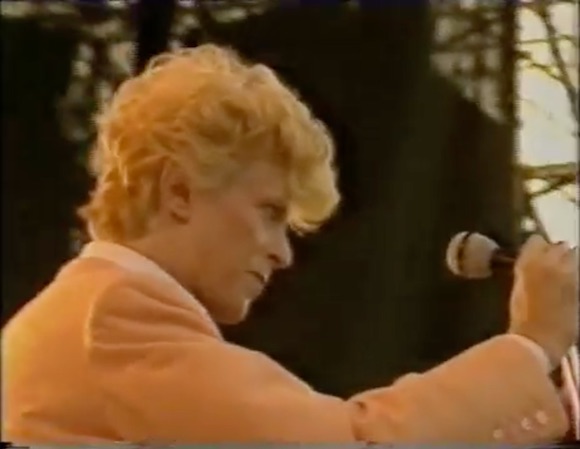
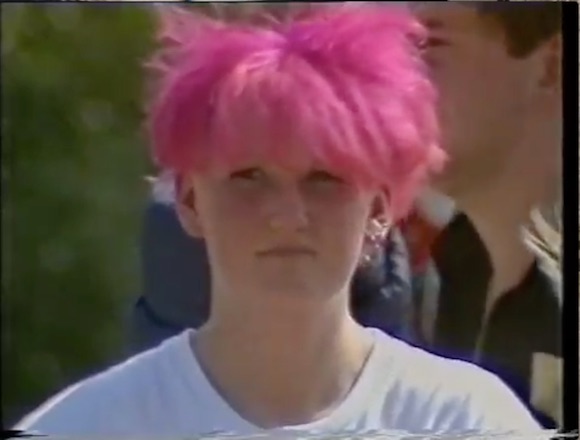

The doc’s point of entry was Bowie’s weekend of sold-out gigs that summer at Milton Keynes Bowl, the open-air arena in Britain’s newest city north of London in the Buckinghamshire countryside.
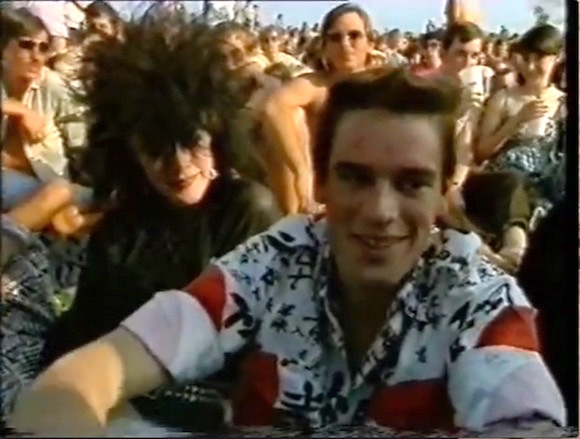
//Couple from Dorset (he in Johnson’s Kamikaze shirt)//
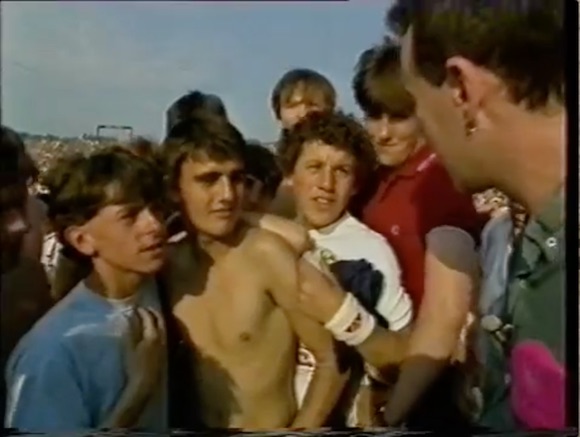
//Young jazz-funk fans from the south-east chat to Taylor about Bowie//
The programme was presented by Steve Taylor, who had made his bones working with Nick Logan in the first years of The Face‘s existence before being poached by the then-new alternative TV network Channel 4 to head up youth programming and present the chat show Loose Talk. I have interviewed Taylor for my book about his key role at the magazine and his return when Logan launched men’s title Arena a few years later.

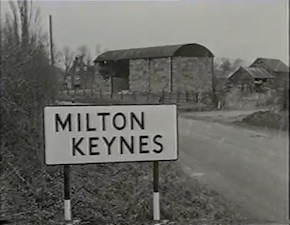
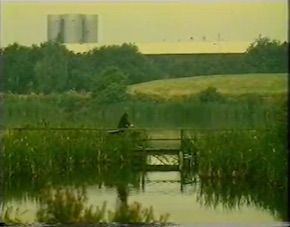
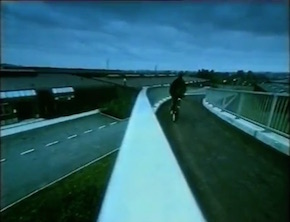
The LWT film – directed by Alex Graham and researched by Paul Tickell, another regular at The Face – contains footage of Bowie live that weekend, along with a potted history of Milton Keynes and the story of the performer’s forays into acting.
“In the middle of a festival we all thought had gone out of fashion, David Bowie has emerged as the kind of superstar we all thought had gone out of style, taking his place in the pantheon of rock alongside the Jaggers and the Stewarts who can regularly draw tens of thousands of fans,” Taylor says in one voiceover section.
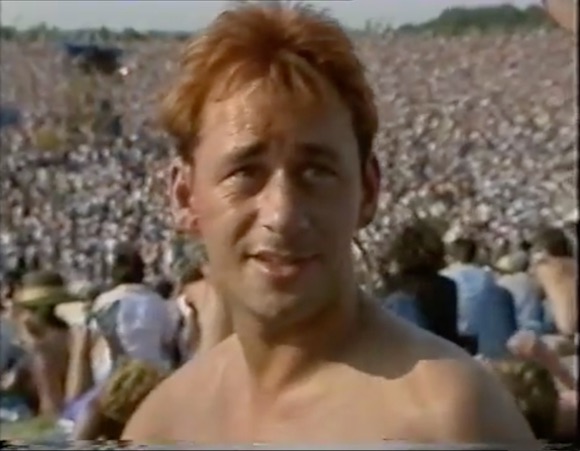
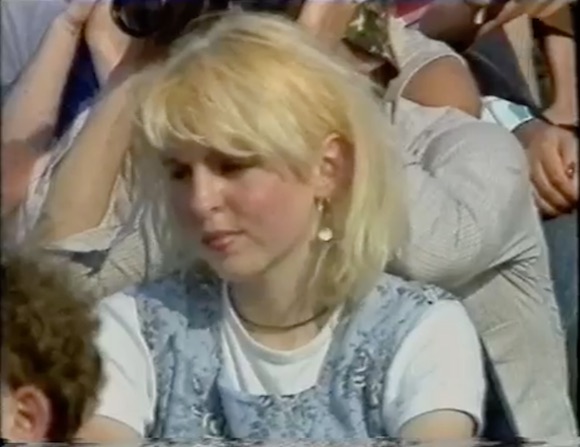
Melody Maker journalist Michael Watts – to whom Bowie had confessed his bisexuality a decade previously – was on hand to make a number of strong contributions; his remarks that Let’s Dance was shaping up as the start of an artistically fallow period were prescient. “If the next record is very similar to this one then the critics will be saying that his ability to come up with surprises has perhaps dried up,” predicted Watts.
Watts also described Let’s Dance as “a step sideways; he’s not doing anything new and I suspect that the fans are up there with him. He’s not ahead of the game and seems to me to have become something rather old-fashioned, which is to say: a superstar”.
And it is the fans, rather than Bowie or the commentators, who shine in the documentary.
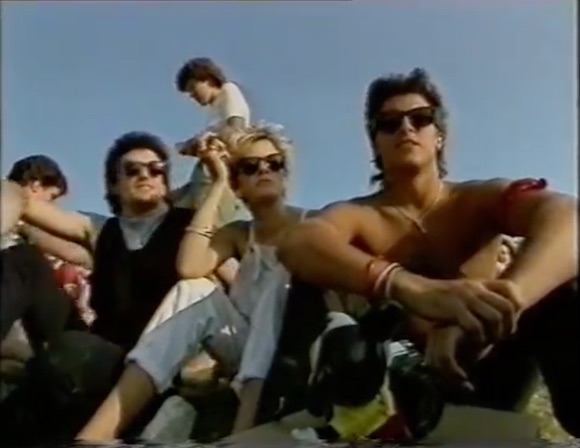
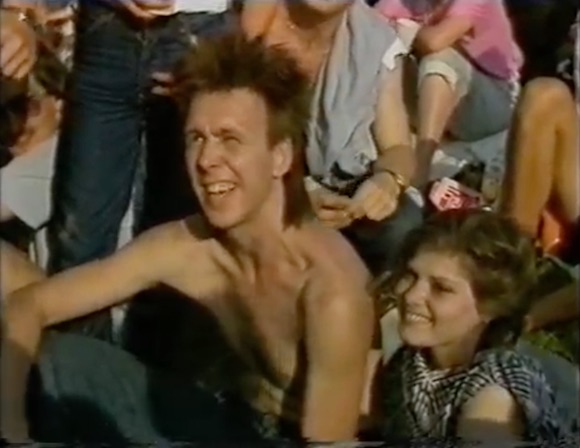
One hits the nail on the head: “If you go mainstream there’s only one way to do it, and that’s sell out three days here…and he’s done it.”
I was among those who flocked to Milton Keynes that weekend – we came from all over the country in our hundreds of thousands, many in post-Punk and post-New Romantic finery, signalling the start of the egalitarian, inclusive, provincial and regional youth music movements which were later to be defined as “the revenge of the suburbs” by The Face editor Sheryl Garratt.
But that’s for another time…enjoy the documentary in two parts here:
